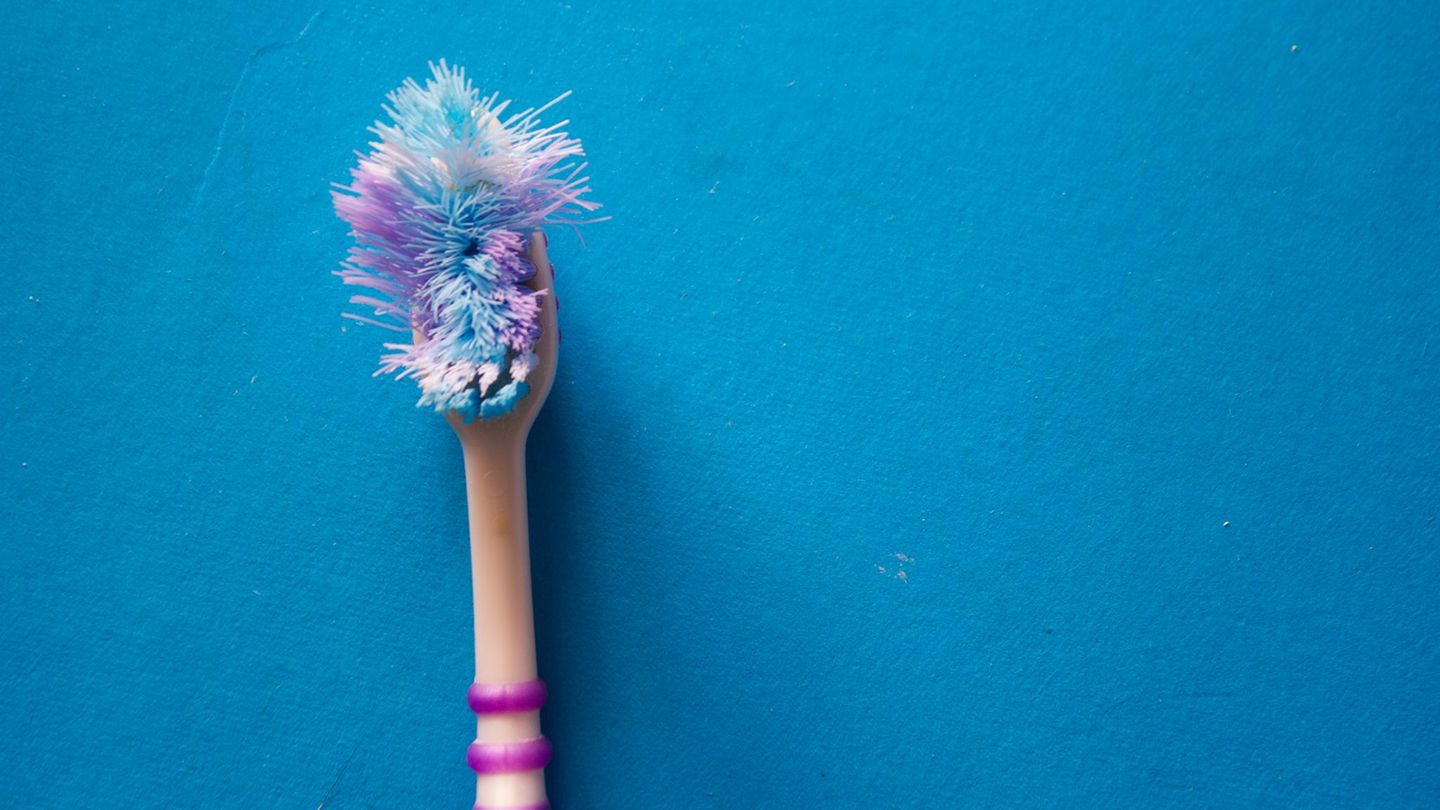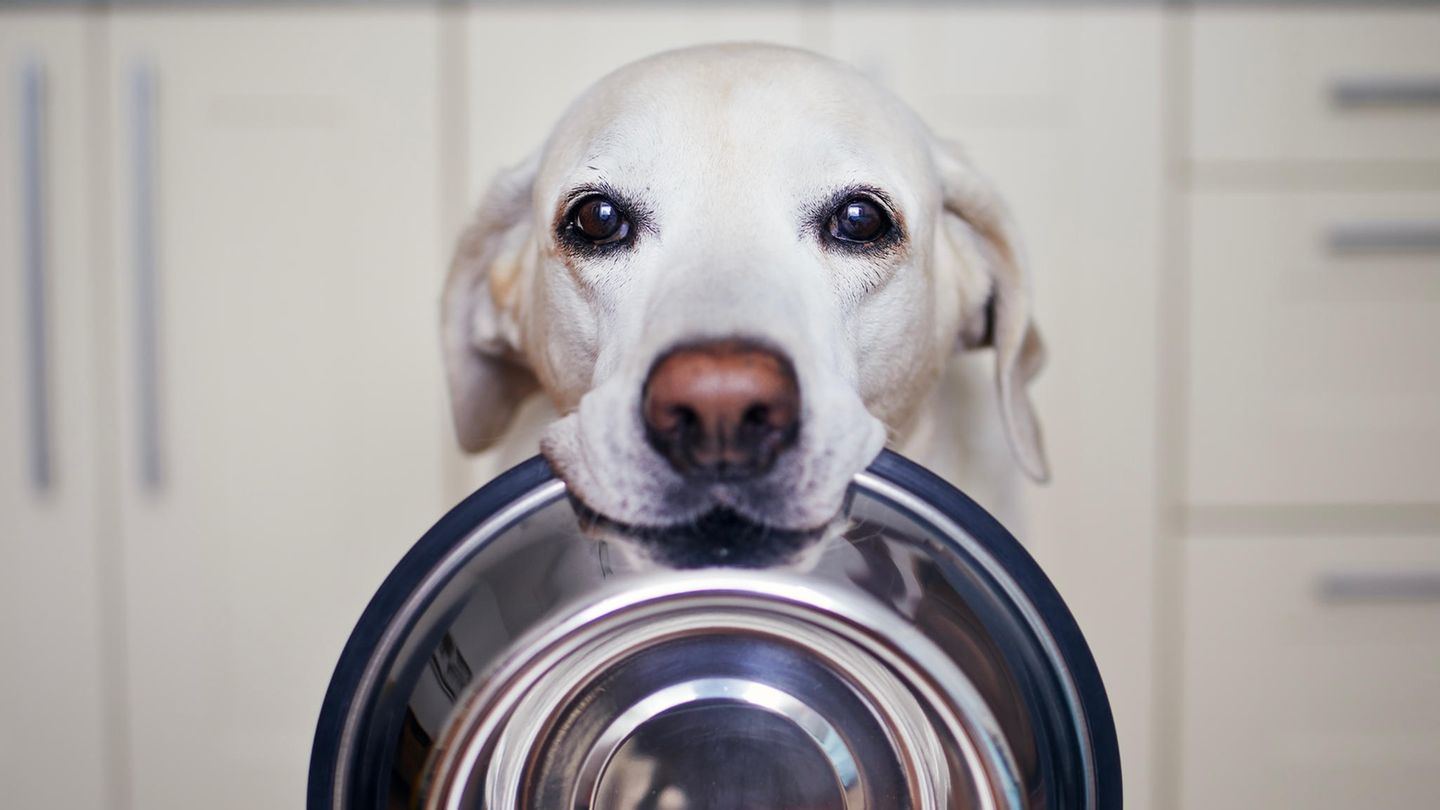Faules master
Why Bllelly dirty bowl can make us sick
Copy the current link
Add to the memorial list
With every meal, people use clean dishes. In the dog bowl, however, dog owners with hygiene often do not take it so precisely. They are found pits for germs.
Mistress and master ensure that the food bowl of the four -legged best friend is filled. However, a few false handles are sufficient to make the feed shells into bacterial spinning and the danger to humans and animals. Salmonella and E.Coli bacteria can be transmitted via these. A study published in the journal “PLOS ONE” has examined more precisely what habits the dog owners favor the cross -contamination.
Where is the food for hateo and co is kept? How is it prepared? And how often the bowl cleaned? In order to clarify these and other questions, the US research group asked 417 dog owners to their feeding habits. It turned out that the major, almost 95 percent, had no shimmer from the hygiene recommendations of the US health authority FDA. These include careful covering of feed residues and cleaning the bowls after every meal. It can have health effects for both humans and dogs if a food bowl is microbiologically contaminated, the study authors write. They report several outbreaks of illness, triggered by pathogens in the feed – whereby people with a weak immune system and children have an increased risk.
Raw dog food is susceptible to contamination. During an investigation by the Lower Saxony State Office for Consumer Protection and Food Safety (Laves) between February 2018 and June 2020, no enterobacteria were found in just eight out of 65 samples, and the finds were sometimes far above the permitted maximum values. These can cause intestinal diseases. At that time, an impurities with listeria (Listeria Monocytogenes) were demonstrated in 20 samples. This can cause listeriosis in both humans and animals that can be life -threatening for immunocompromised people.
Dog bowl is rarely cleaned
The hygiene factor plays an important role in the contamination. Because with this it seems human, it suggests the survey not to take too precisely. Just a quarter of the respondents stated that they actually adhere to the guidelines, to clean hands and bowl regularly. But: just about a third (34 percent) of the owners, it came to the sense of washing their hands after processing the dog food, even less (25 percent) washed them in advance. And the bowls were cleaned even less often. Because almost every fifth dog owner (18 percent) considers it unnecessary, cleaning it less often than once in a quarter or not at all. 22 percent clean the bowls at least once a week, only 12 percent a day.
This is unappetizing because studies from the past 15 years have proven that pet bowls are among the most contaminated objects in the household. The bacterial load is sometimes comparable to that in toilets. In addition, a third of the respondents (33 percent) prepare the feed on surfaces, on which they also process their own foods or at least in the same space and the feed, contrary to the recommendations in the immediate vicinity of their own food – and often do not lock them properly. Both increase the risk of contamination.
Where bacteria are mostly frolicking in the household

© Liia Galimzianova
More
Open the image subtitle
Back
Further
Dog owner unreasonable
But what influence does that have on germ load? In order to find out that, the researchers carried out another small experiment with 50 dog owners, in which the dog bowls were checked for their contamination before and after. For the eight -day experiment, the participants were divided into three groups. Group A had to stick to the FDA guidelines during this time. Group B was also required to follow the guidelines for dealing with food for humans. Group C fed as always.
The surprise was limited when the researchers found that after the experiment was concluded that the measures in group A and B led to a significant decline in impurities. In bowls, which were cleaned with hot water or in the dishwasher, the germ numbers decreased by 90 to 99 percent compared to those that were only cleaned with cold or lukewarm water. On the other hand, the reaction of the dog owners was surprising, because despite the results, only lousy eight percent of the respondents subsequently stated that they would like to continue to adhere to the recommended hygiene guidelines in the future.
TPO
Source: Stern
I’m Caroline, a journalist and author for 24 Hours Worlds. I specialize in health-related news and stories, bringing real-world impact to readers across the globe. With my experience in journalism and writing in both print and online formats, I strive to provide reliable information that resonates with audiences from all walks of life.




